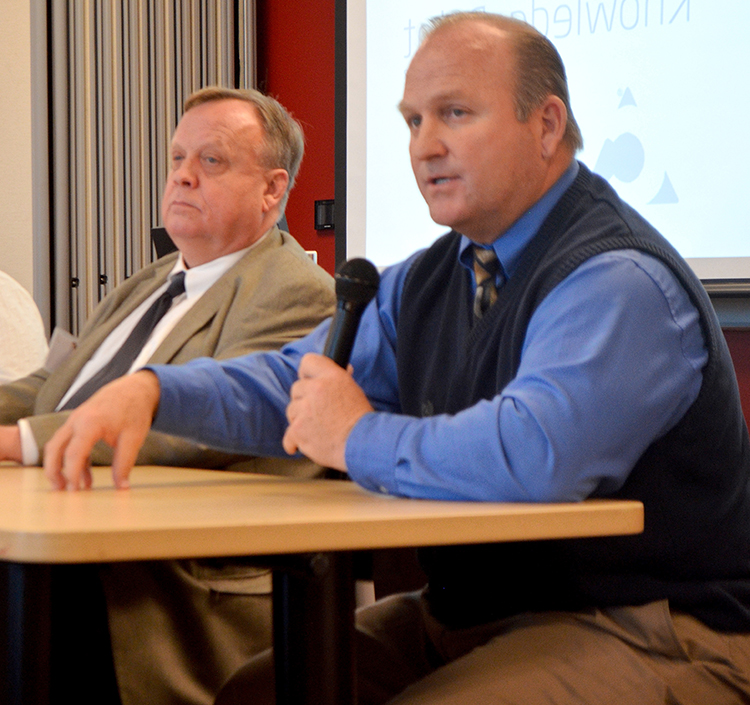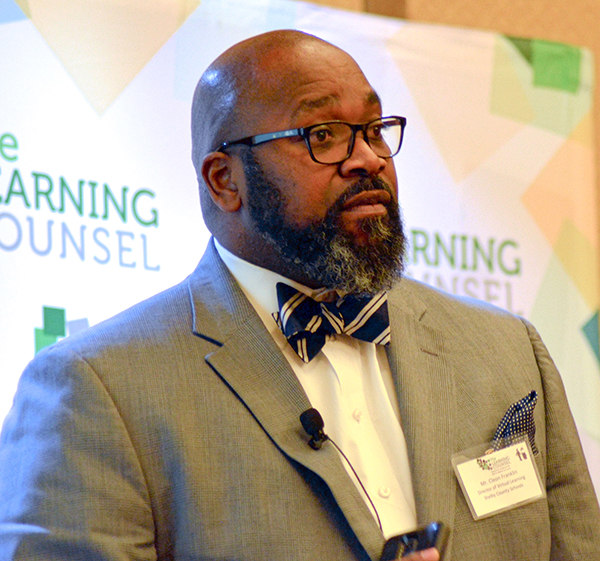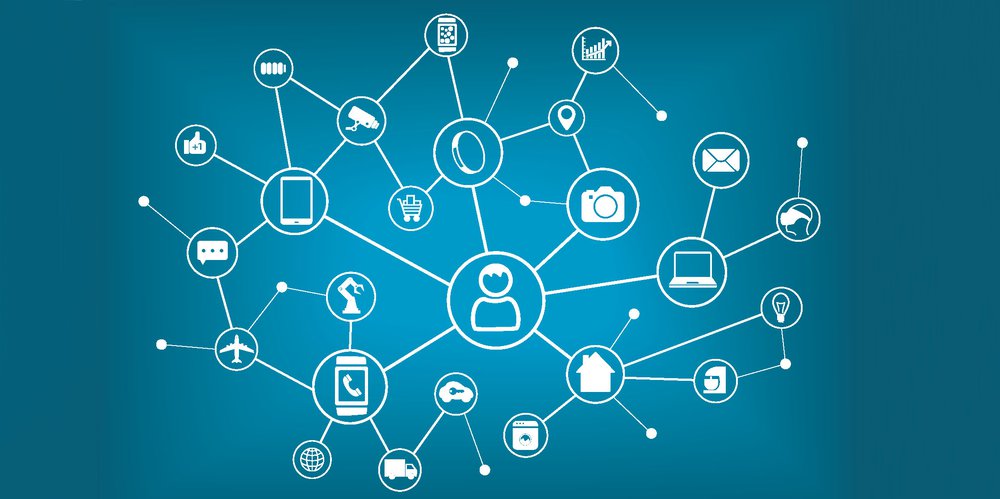Where it’s happening
Eric Godfrey is the Superintendent of Buckeye Union High School District. His is a smaller rural district with 4,200 students. “Just the transition in and of itself has been a hurdle, from selecting the device, to purchasing the device, to deploying the device, that’s one side – that’s the nifty ‘stuff’ piece. But then you need the PD module to train the teachers and get buy-in from them as well as the principals. Then you have to work through being able to utilize that tool and all the digital curriculum and apps that come with it, appropriately in the classroom to change how we teach and engage kids.
“The challenge now—with the excitement of it being our ‘year zero’ as I call it—is how we are going to affect student achievement the way we want. How are we going to quantify it and prove that these devices, content and this initiative is returning on the investment?”
Across the nation Superintendents and their cabinets are taking the brave step into the new world and even if they aren’t making promises, the expectation is there. What’s it going to do for our kids and their education?
How to gauge the effect of digital resources is difficult. “Research on technology’s impact on K-12 achievement is limited and mixed, partly because it’s difficult to isolate the role of technology from other things that occur in a classroom,” says Elliot Soloway, a University of Michigan professor who studies technology use in schools. “A major report from the OECD (Organization for Economic Co-operation and Development) in 2015 showed countries that made large investments in technology for education did not see improved results on certain tests”, a result that Soloway says reflects the need to adjust teaching and learning as technology is introduced.
In Shelby County Schools, where they have a student body of 116,000 students and 6,800 teachers, Mr. Cleon Franklin, the Director of Virtual Learning, pointed up that it requires a community based solution. There can no longer be different silos with, for example, curriculum and technology living apart. “We sit down and we hammer out issues. As a leader in this time you have to be everyone’s champion and support them to give the teachers and principals strength.”
The ultimate goal in Shelby is personalized learning. The conversation isn’t about if kids learn differently, it’s about how to facilitate that personalized learning environment, how to make the change with everyone invested across the whole environment of a child’s world.
“Our ultimate goal is personalization,” stated Franklin. “But realistically we don’t have enough digital artifacts for personalization. Personalization means, given a choice, one child wants to read about cars, another wants to listen and write music, and another wants to build and code robots. Do you have enough to cover the whole gamut? And our answer is ‘no’. So it’s the question of how to amass enough digital artifacts that you can do the shift to personalization. Without some serious help we are some 5 to 7 years away from personalization. We would like to do it sooner, but, given what we have, that is realistic of where we are.”
Where do we stand?
A national cross-section survey of 541 executive level respondents found that the top five barriers to adoption of digital curriculum are:
1) instructional design/curriculum design professional development;
2) digital curriculum systems training;
3) classroom pedagogy professional development;
4) inadequate budget to transition; and
5) teacher device use training.
In the coming year 80% of teachers will be increasing their use of ed-tech in the classroom. To further support that statistic, a 2013 Pew Research Survey of 2,462 Advanced Placement (AP) and National Writing Project (NWP) teachers found that digital technologies had helped them in teaching their middle school and high school students.
However, at the same time, the Pew survey found that 75% of AP and NWP teachers have new demands to their lives because of the internet and digital tools, stating that these tools have had a “major impact” by increasing the range of content and skills about which they must be knowledgeable. 41% report a “major impact” on their lives by requiring more work on their part to be an effective teacher.
Education company solutions with PD modules and implementation programs will be instrumental in helping those teachers move forward and embrace digital content.
Further driving the demand for digital curriculum and technology are parents. According to the 2011 Project Tomorrow report, Learning in the 21st Century:
• 87% of parents think that effectively implementing technology to enhance instruction is important to student success.
• 89% want their kids in classes where mobile devices are used.
“It’s like that rock going downhill,” said Superintendent Godfrey. “Those that don’t want to get in, they’re going to get rolled over and left behind because it’s going too fast and going too well and kids are going to be the beneficiaries of it. We’re in the kid business. And this is good business for kids.”
This article is exerpted from the Learning Counsel Journal-Poster which can be downloaded here.











